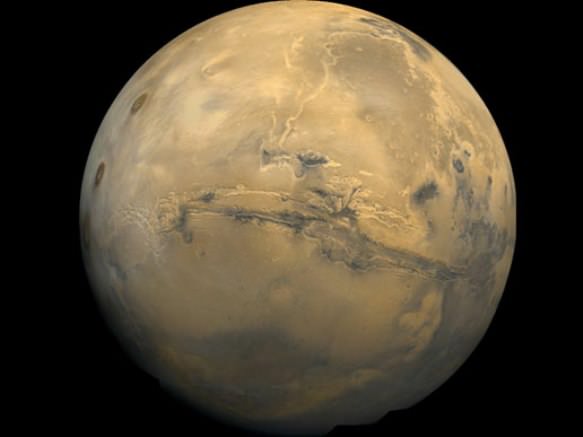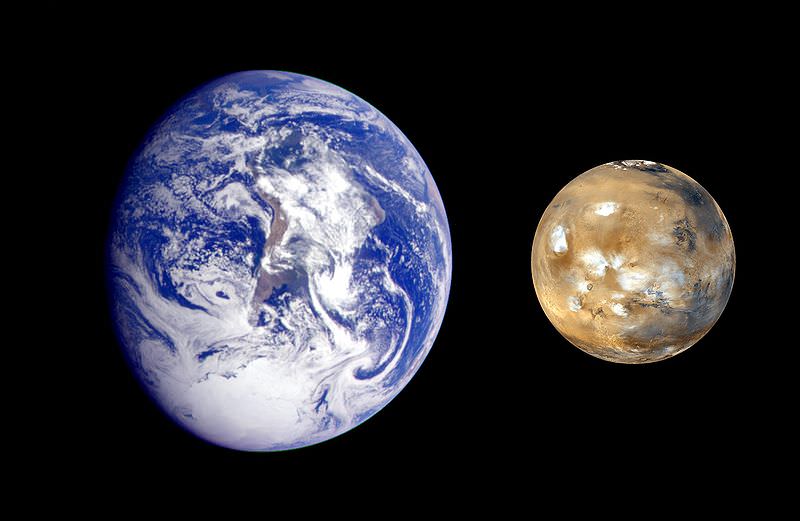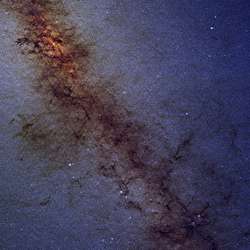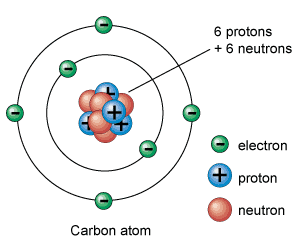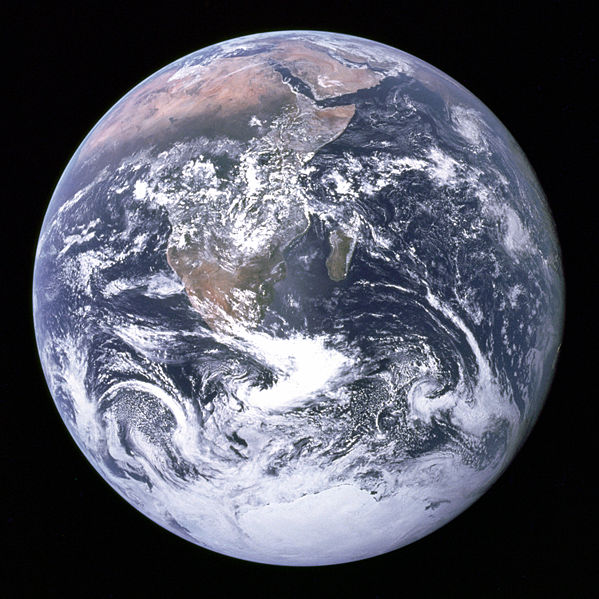[/caption]
The first quarter moon is actually the third phase of the moon each cycle. In the Northern Hemisphere during this phase, the right hand 50% of the moon is visible during the afternoon and the early part of the night. In the Southern Hemisphere the left hand 50% of the moon can be seen. This lunar phase follows the new moon and the waxing crescent.
A lunar phase is the appearance of an illuminated portion of the moon as seen by an observer. For this article the observer is always on Earth. The lunar phases vary in a definite cycle as the moon orbits the Earth. The phases change based on the changing relative positions of the Earth, moon, and Sun. Half of the moon’s surface is always illuminated by the Sun, but the portion of the illuminated hemisphere that is visible to an observer can vary from 100%(full moon) to 0%(new moon). The only exception is during a lunar eclipse. The boundary between the light and dark portions of the moon is called the terminator.
There are 8 moon phases. These phases are: new moon, waxing crescent, first quarter moon, waxing gibbous, full moon, waning gibbous, last quarter moon, and waning crescent. The phases progress in the same manner each month. Earlier, it was mentioned that the lunar phase depends on the position of the Earth, moon, and Sun. During the new moon the Earth and Sun are on the opposite side of the moon. During the full moon the Earth and Sun are on the same sides of the Moon. The occasions when the Earth, Sun, and moon are in a straight line(new and full moon) are called syzygies.
When the moon passes between Earth and the Sun during a new moon, you might think that its shadow would cause a solar eclipse. On the other hand, you might think that during a full moon the Earth’s shadow would cause a lunar eclipse. The plane of the moon’s orbit around the Earth is tilted by about five degrees compared to the plane of Earth’s orbit around the Sun(called the ecliptic plane). This tilt prevents monthly eclipses. An eclipse can only occur when the moon is either new or full, but it also has to be positioned near the intersection of the Earth’s orbital plane about the Sun and the Moon’s orbit plane about the Earth, so there are between four and seven eclipses in a calendar year.
The first quarter moon is only one of eight lunar phases. You should research them all for a better understanding of the Earth/Moon system.
We have written many articles about the phases of the moon for Universe Today. Here’s an article about the 8 phases of the moon, and here’s an article about the moon phases for 2010.
If you’d like more info on the Moon, check out NASA’s Solar System Exploration Guide on the Moon, and here’s a link to NASA’s Lunar and Planetary Science page.
We’ve also recorded an entire episode of Astronomy Cast all about the Moon. Listen here, Episode 113: The Moon, Part 1.
References:
http://spaceplace.nasa.gov/en/kids/phonedrmarc/2004_march.shtml
http://starchild.gsfc.nasa.gov/docs/StarChild/questions/question3.html


